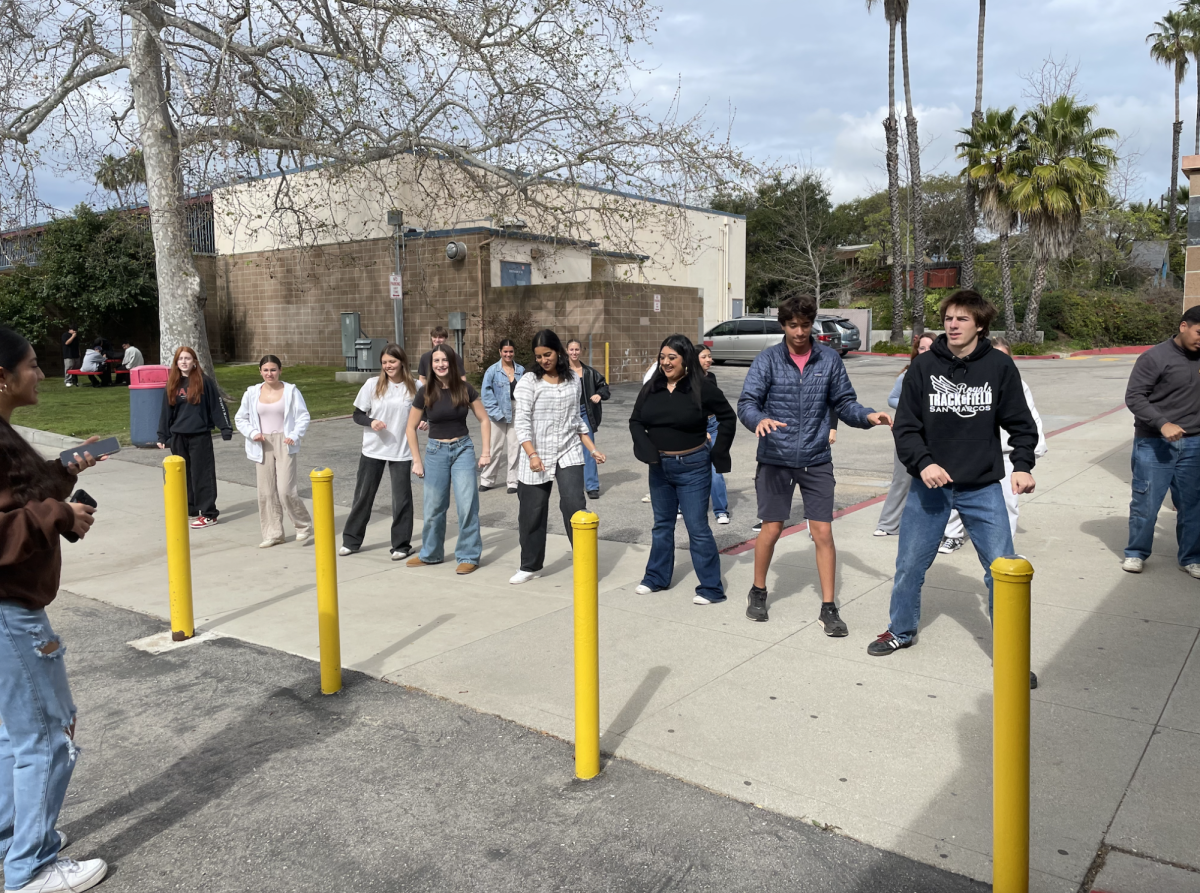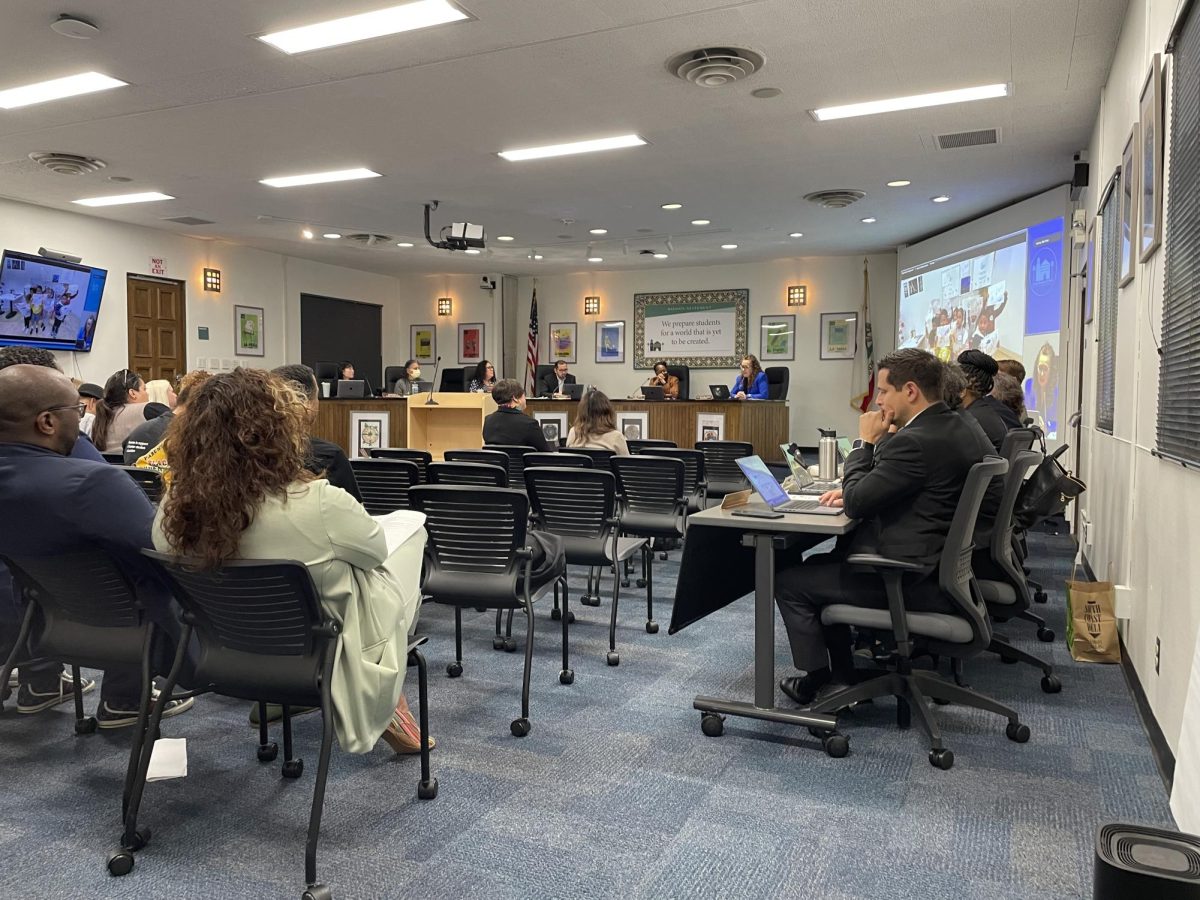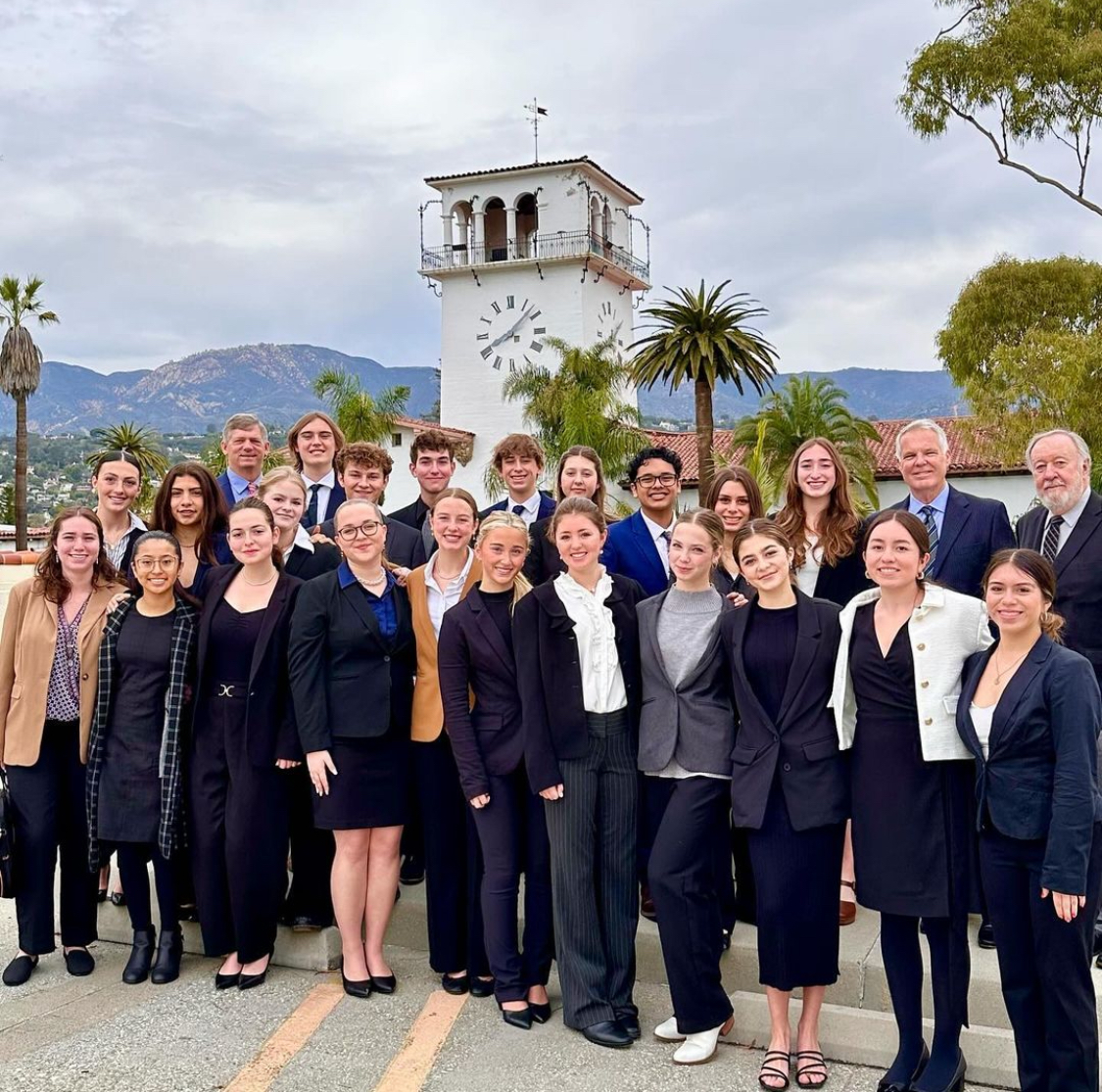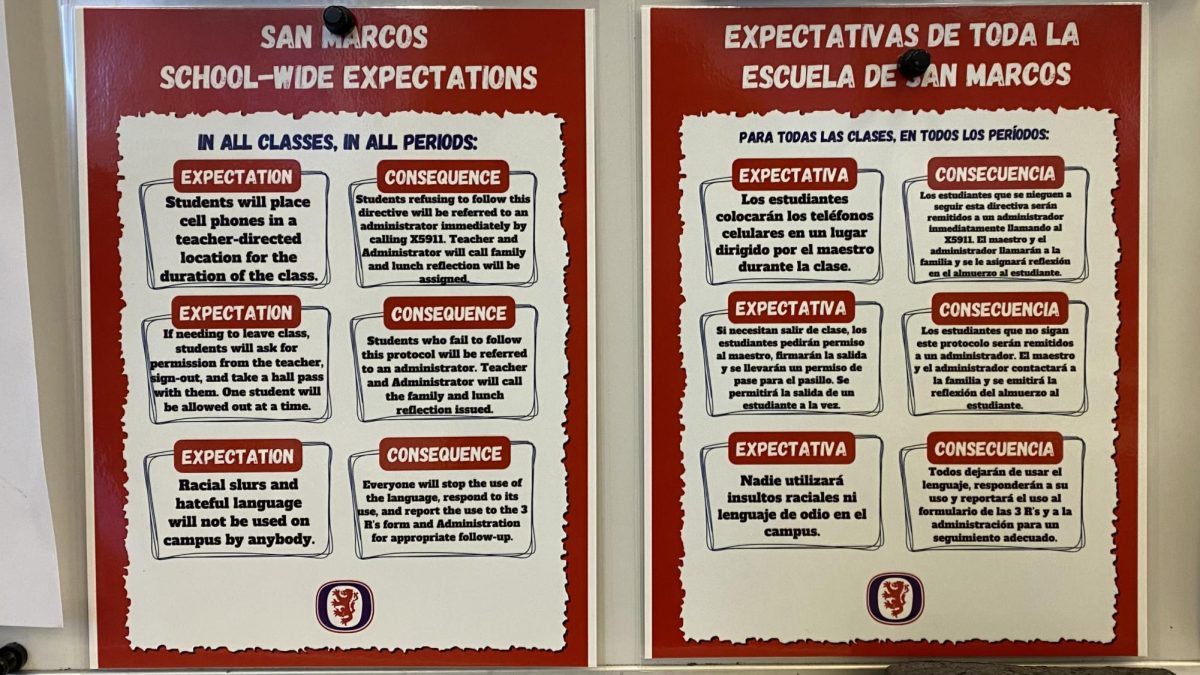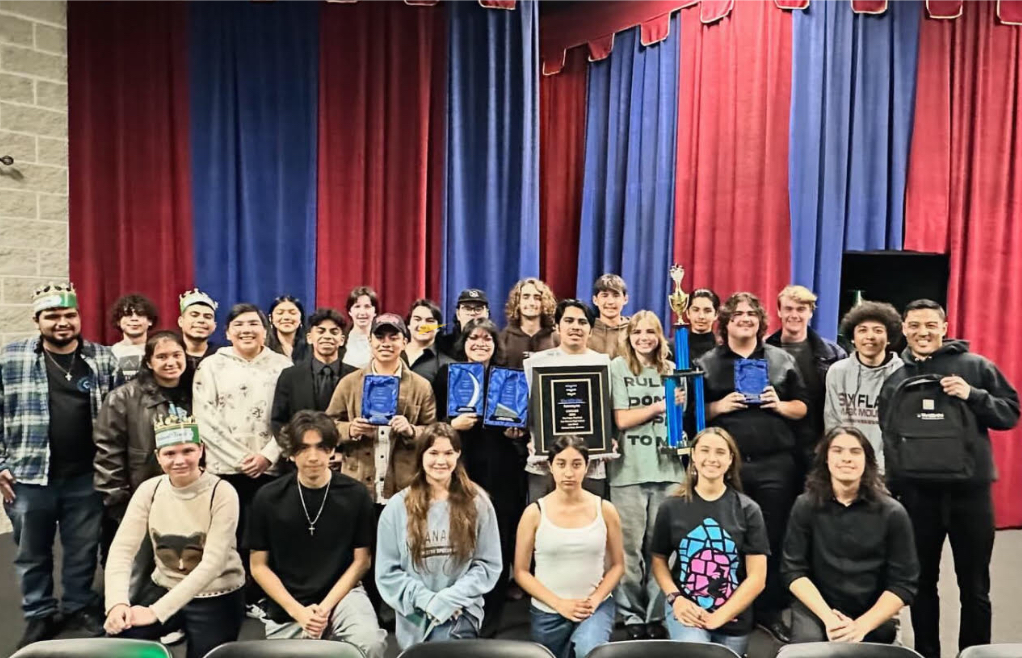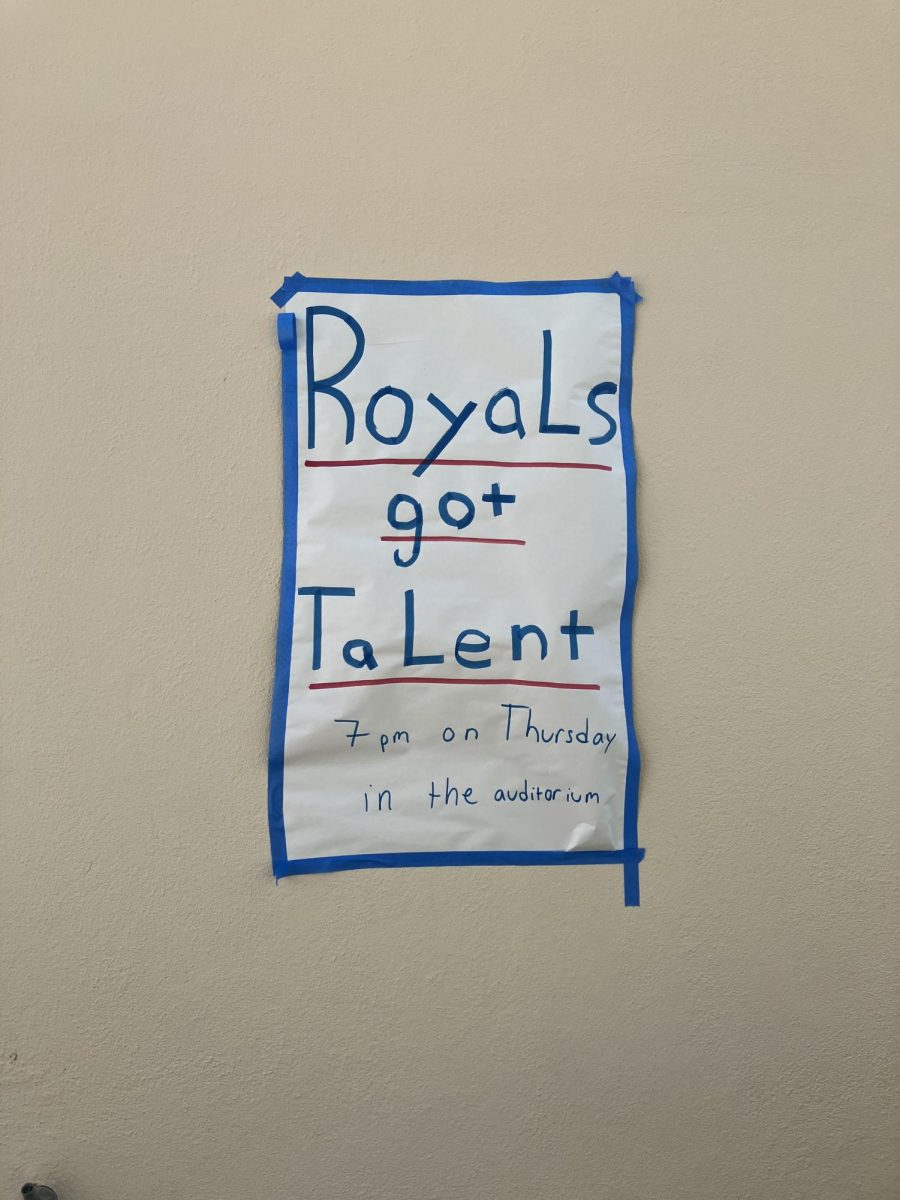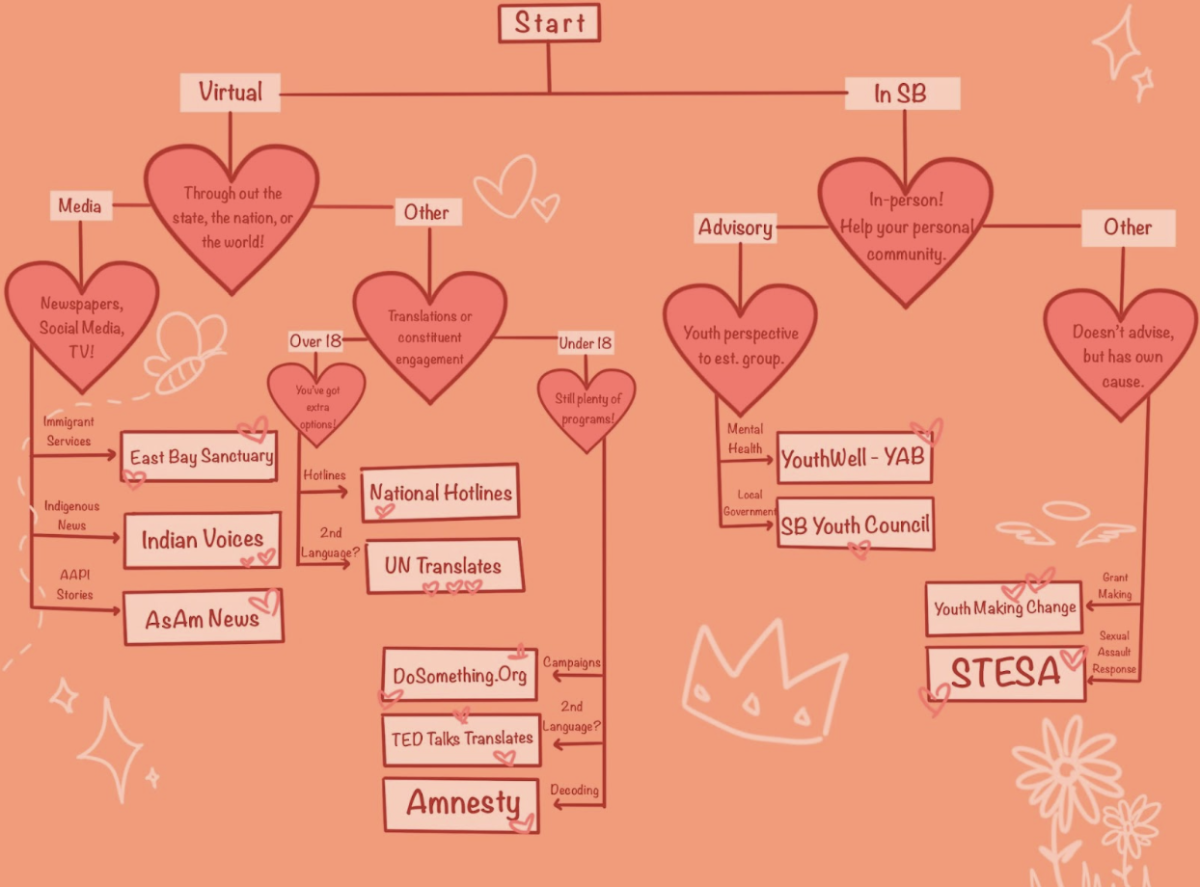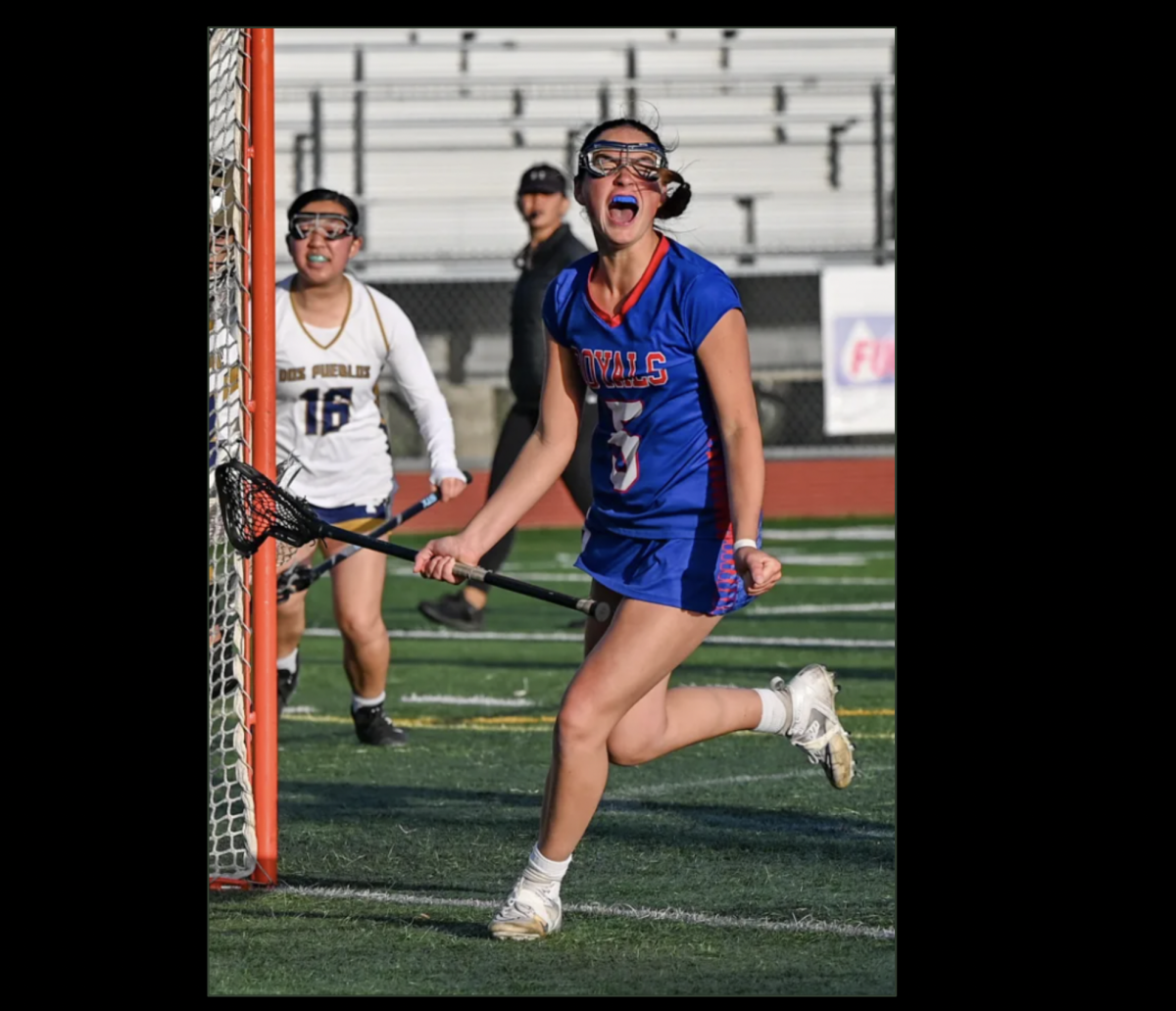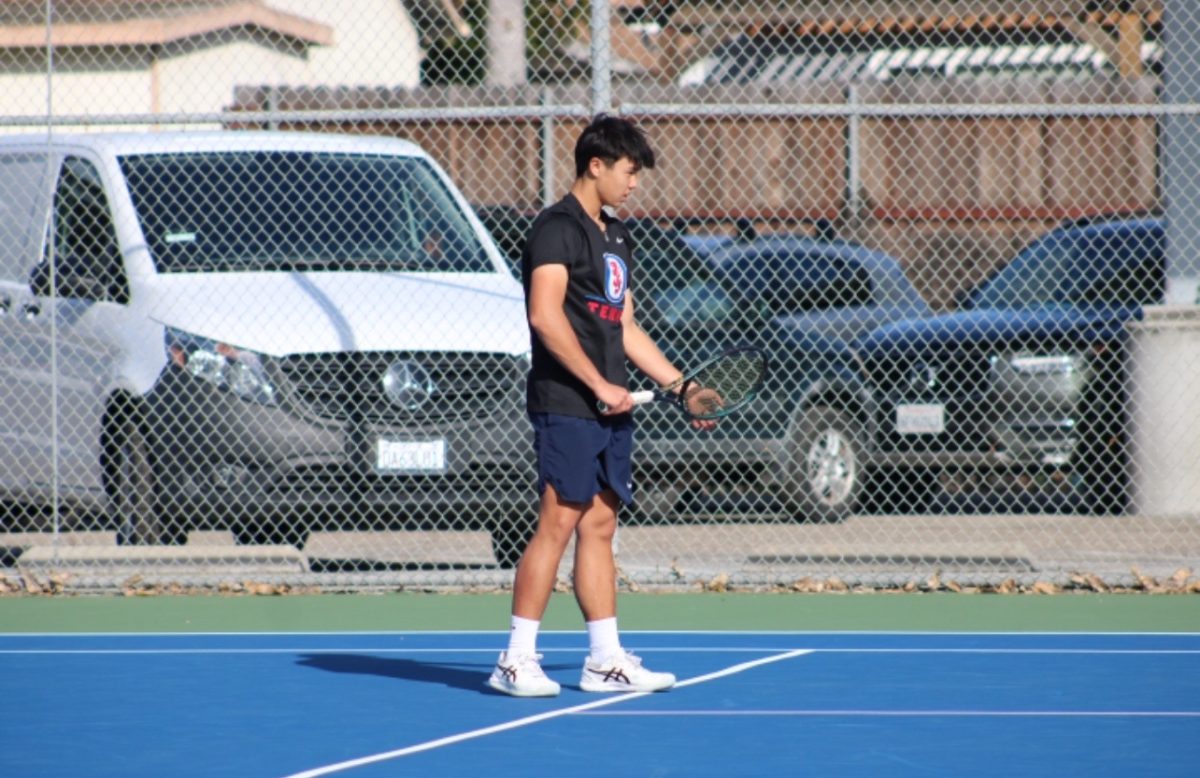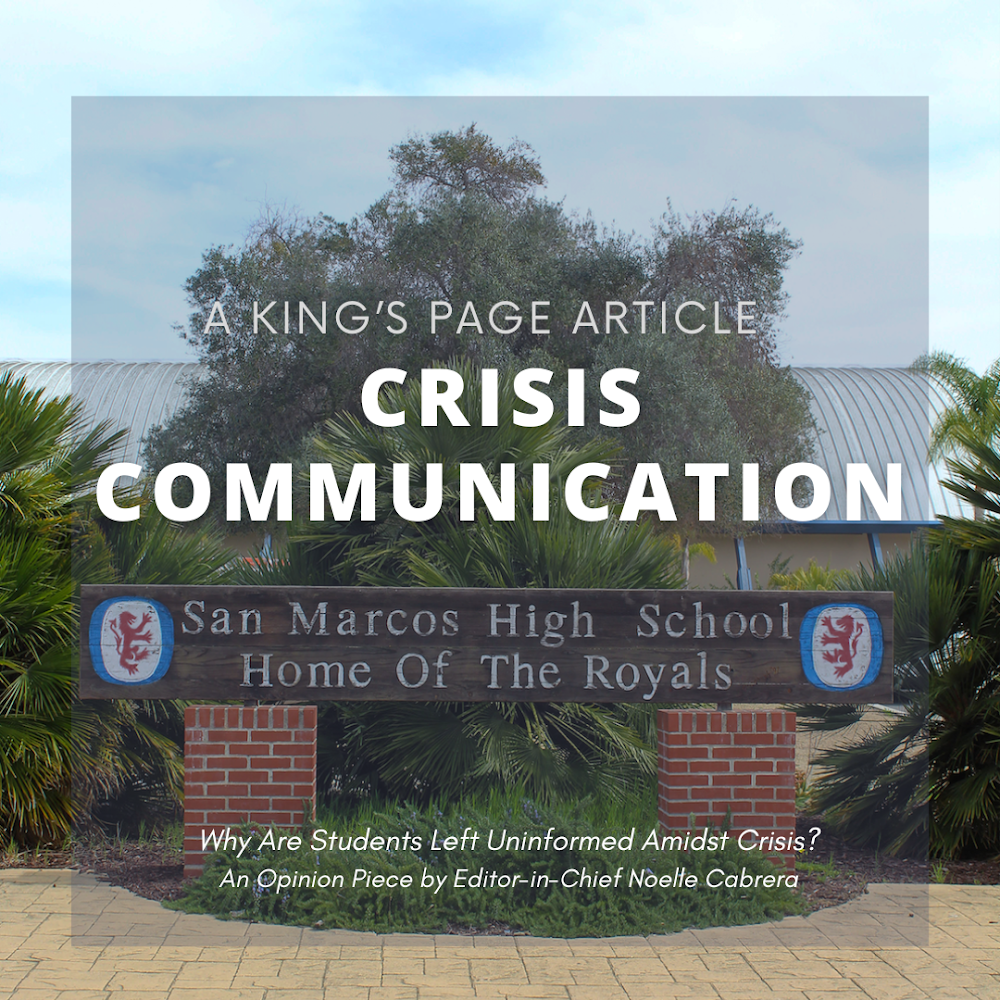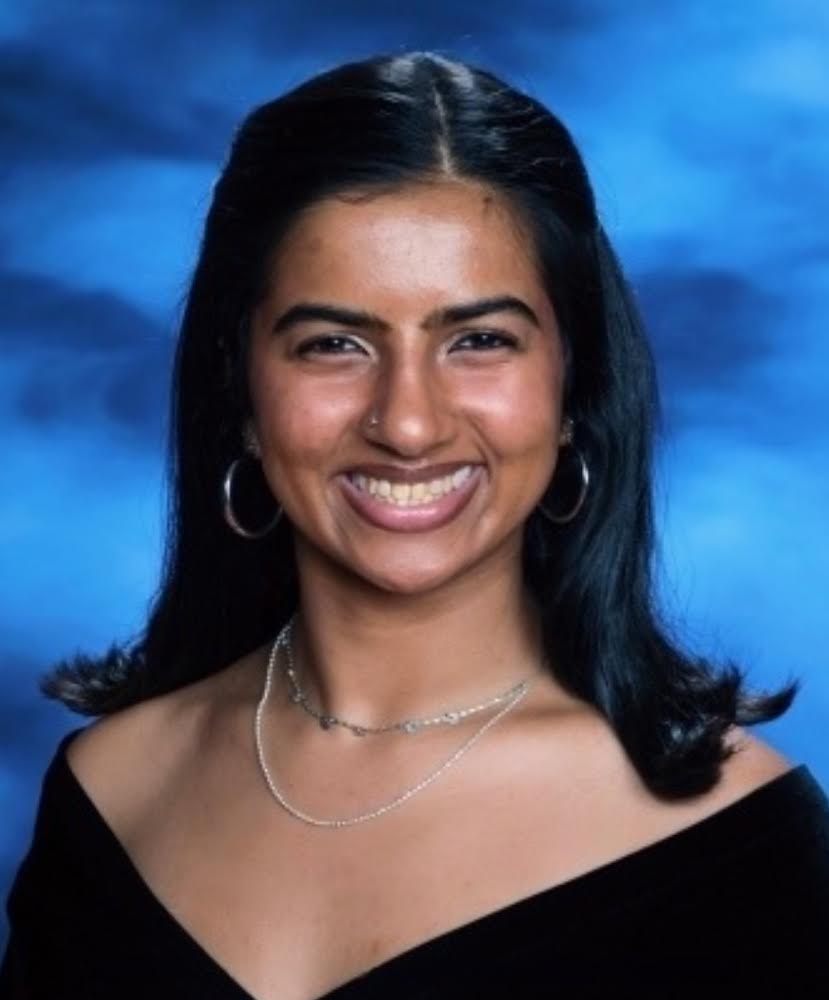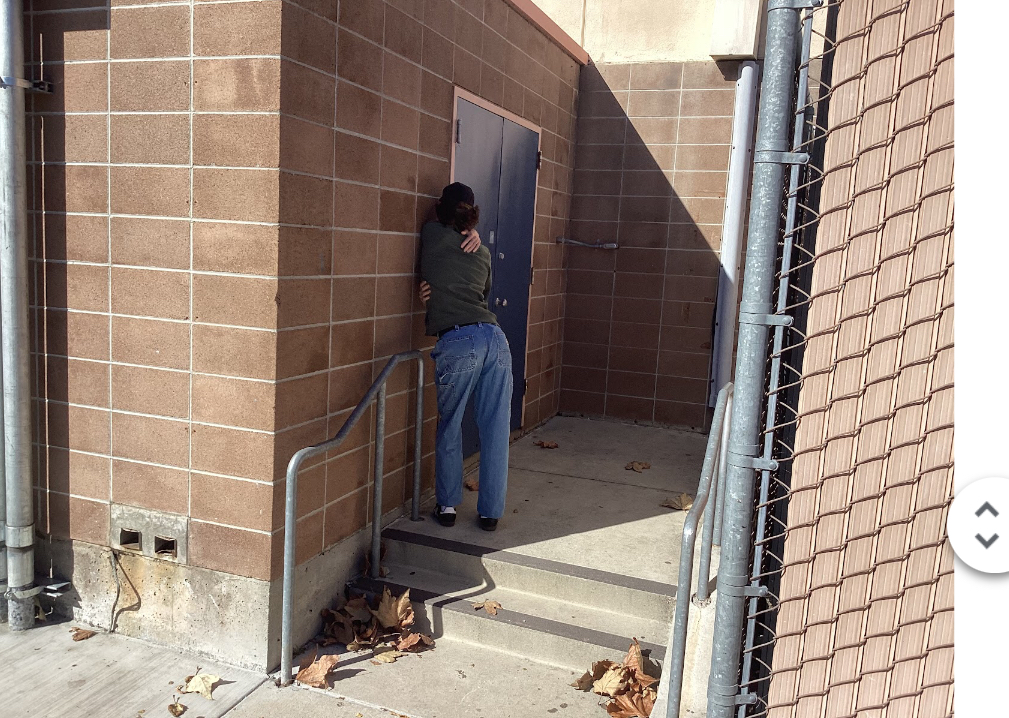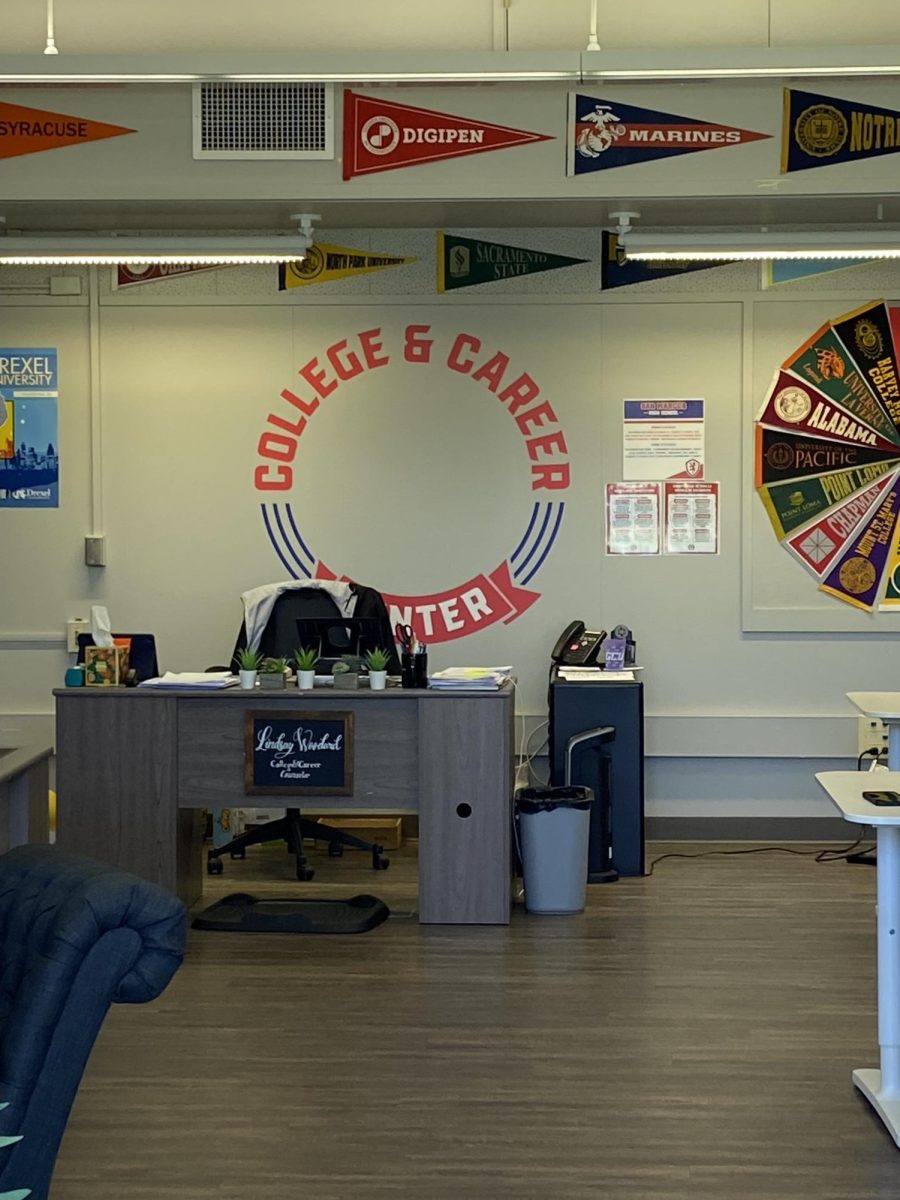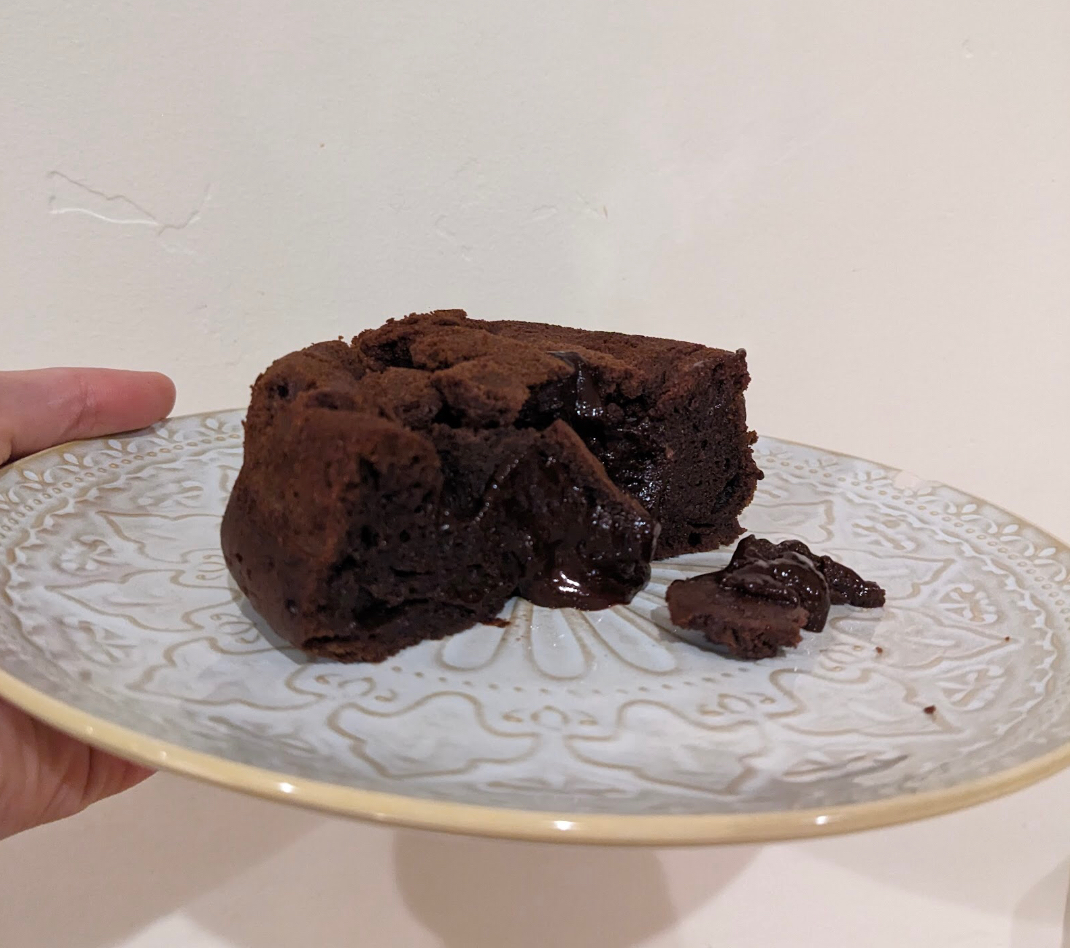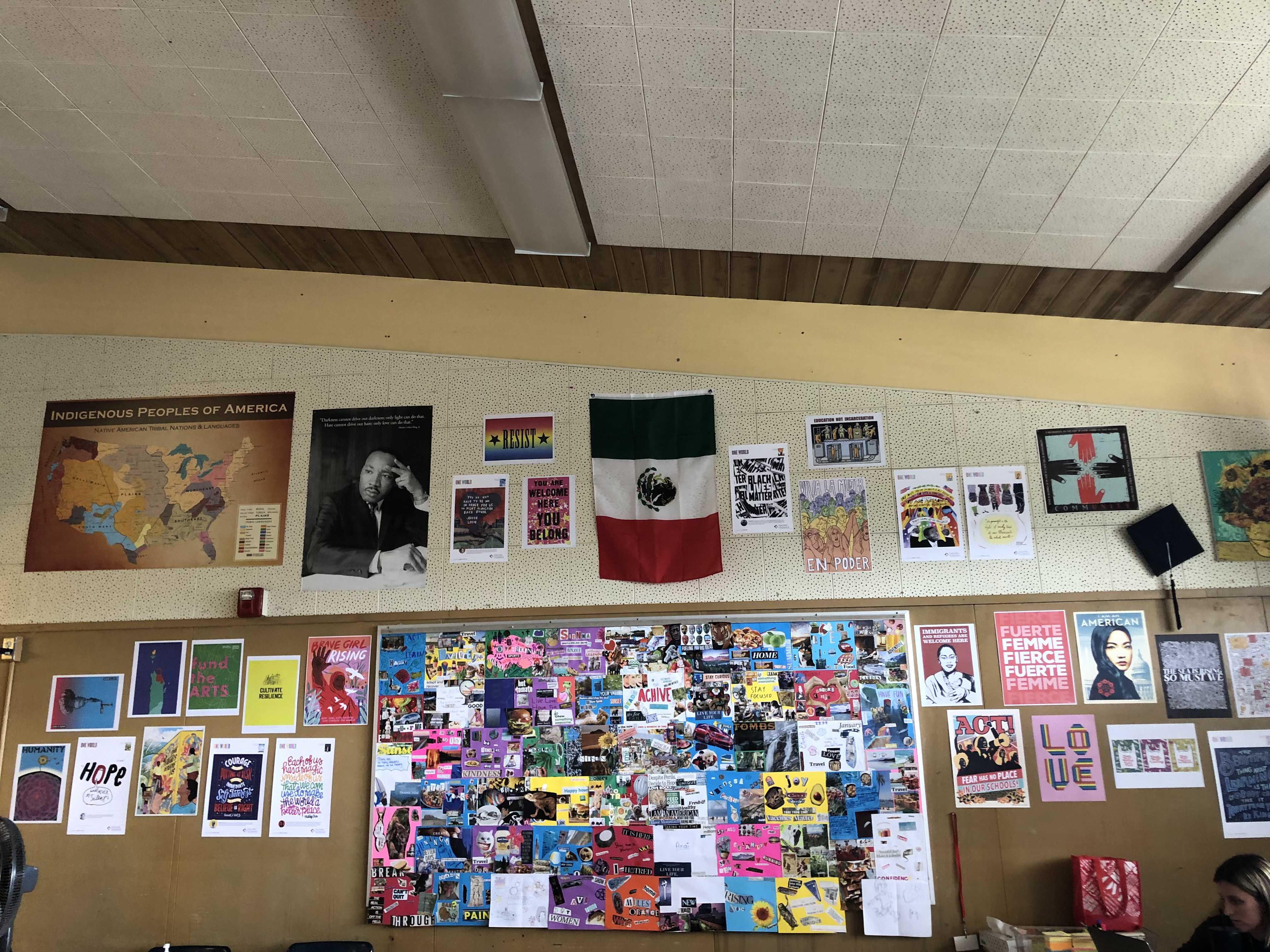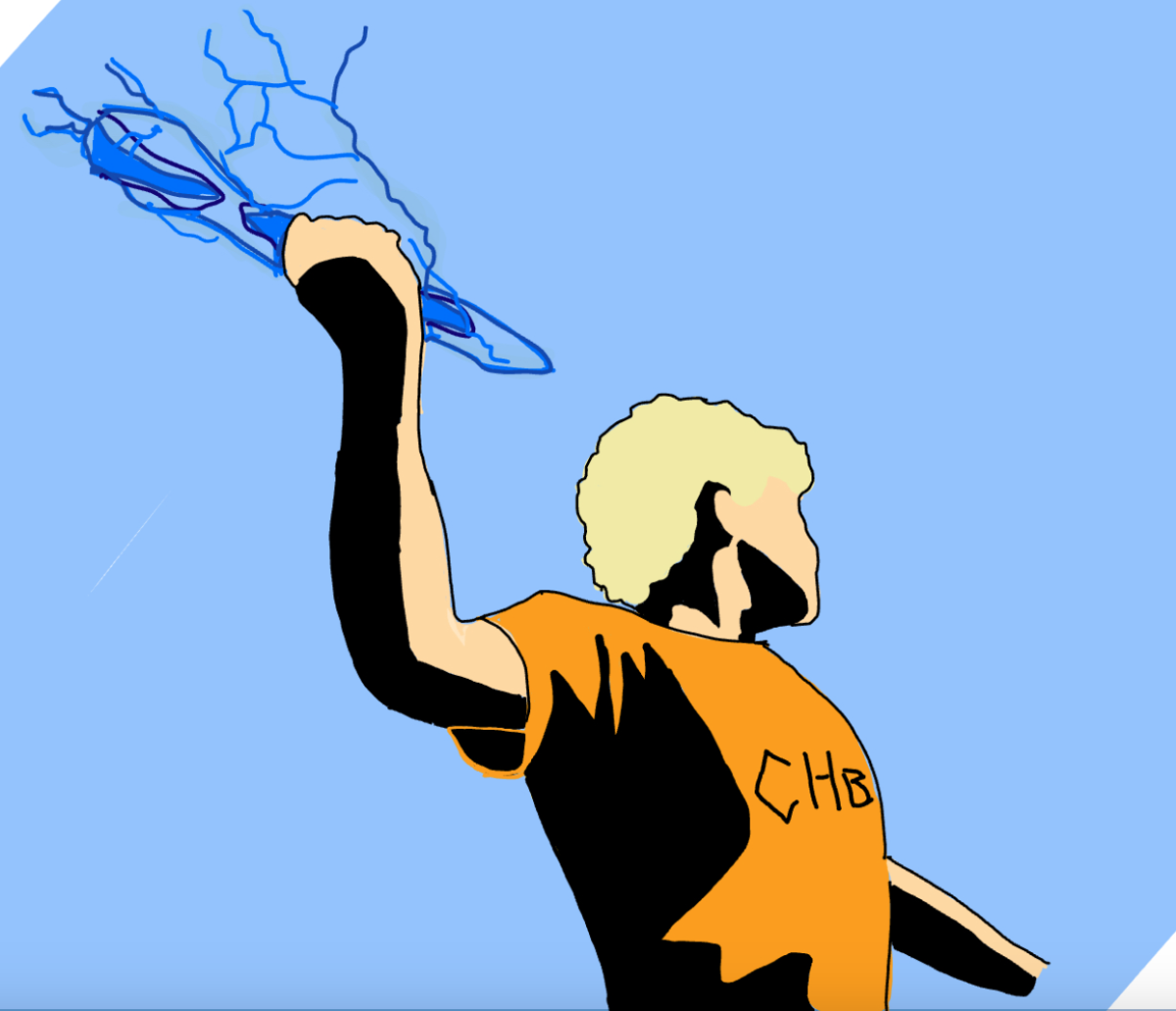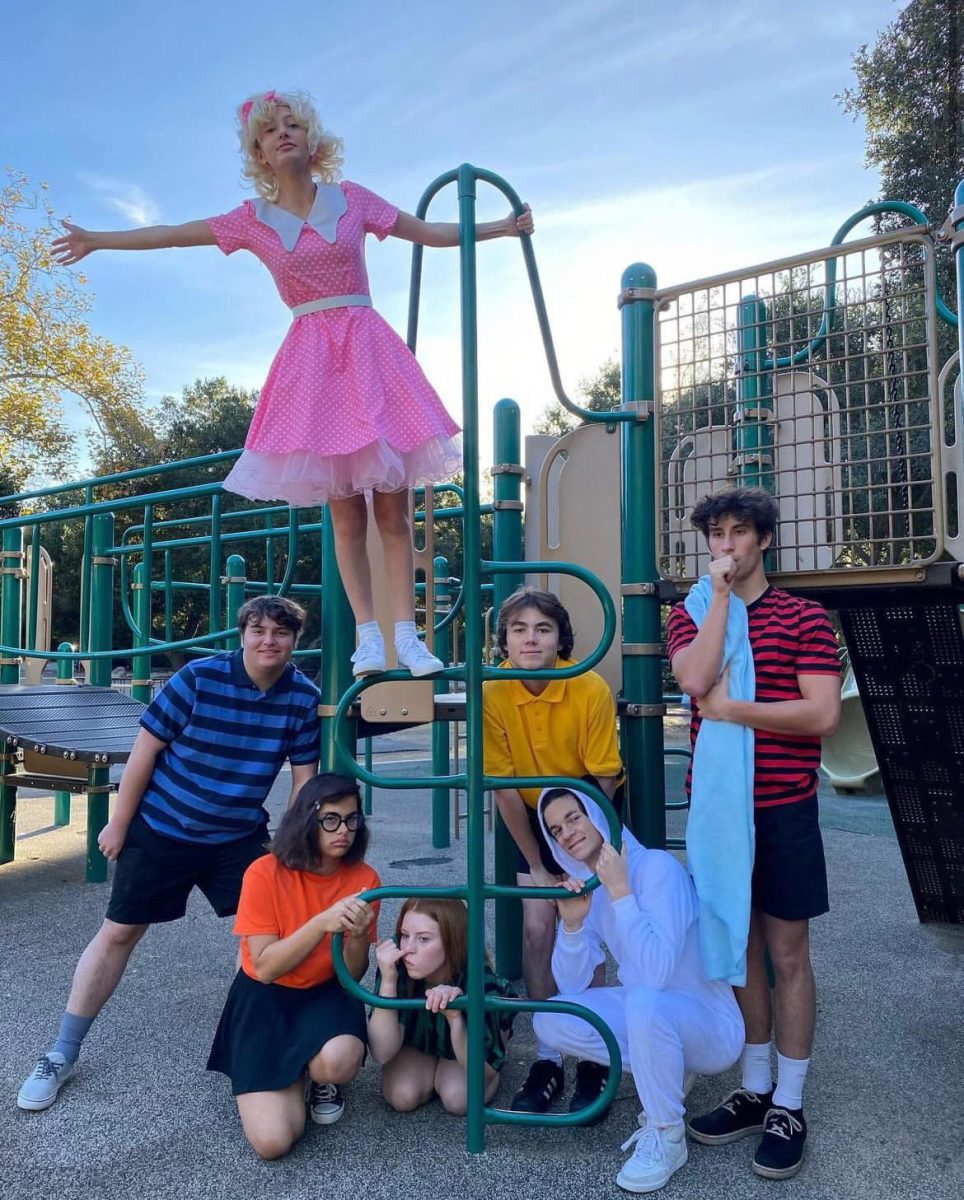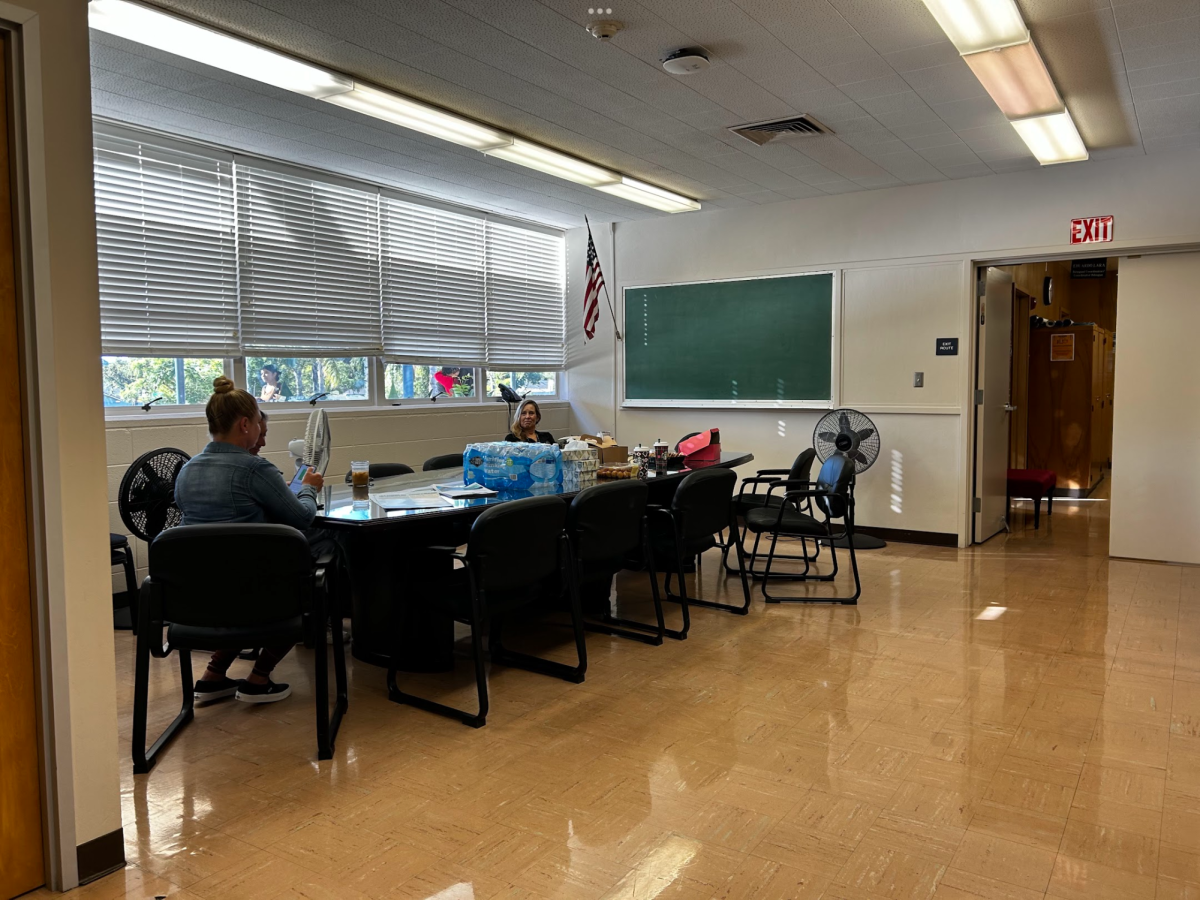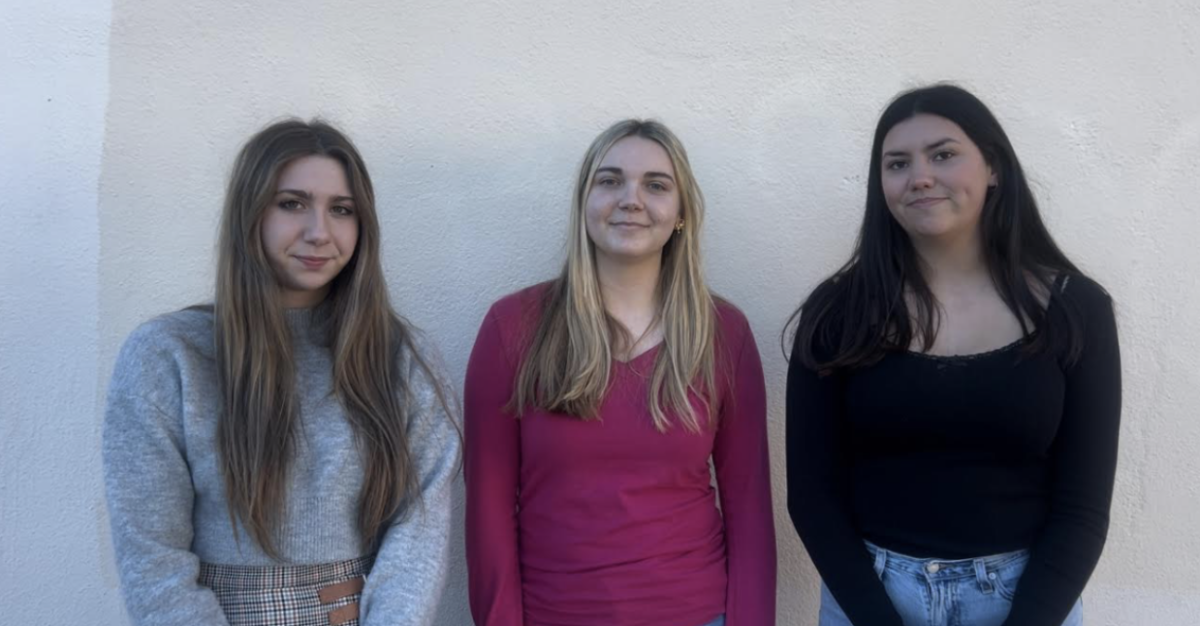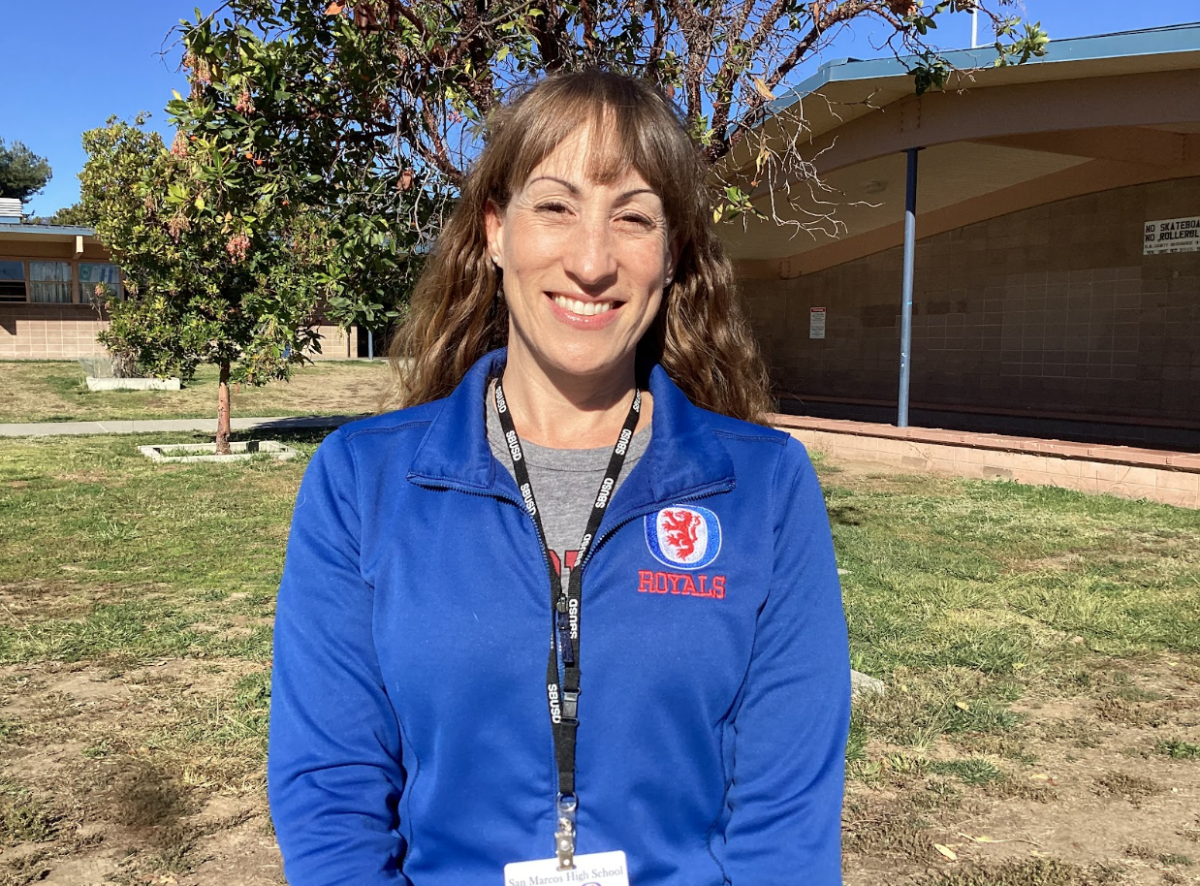“On the first day of school my first period class was an AP class and I accidently walked into the wrong class… I looked around me, thinking that I was in my AP class and I noticed that the majority of the students there were Latinx. That was sadly the first hint that I was not in my AP class. Then I looked up at the screen and it was the wrong class…Then I went to my AP class and the majority of the people there were white,” said a San Marcos student.
What this San Marcos student had noticed on their first day of school was no coincidence. 63% of San Marcos students are people of color but only 16% take Honors. While one might argue that this issue is specific to San Marcos, those oppositions can quickly be discarded. This issue appears in schools around the nation because of systemic racism. What the San Marcos student noticed was segregation.
“As a Latin X student myself I’ve noticed that in most of the advanced classes I’m in, starting in junior high, there haven’t been a lot of Latin X students, or people of color, to reflect the diversity of the school,” said a San Marcos Student.
“I’m taking AP world history and SBCC dual enrollment chemistry… There are barely any people of color in my classes… I think there’s certain stereotypes and I don’t think there’s enough general support for people of color, especially if they’re the first generation to be put on the path to college or even just in high school,” said another San Marcos student.
“It’s so weird to me that schools say they are a safe and inclusive place but they are continuing the same forms of systemic racism we see all over the country,” said a San Marcos Student.
“I think they [latinx students] just put themselves down, like I’m not supposed to be up there. Only that race is supposed to be there. It’s always been like that,” said a San Marcos student.
“I take CP World History, Honors Math, AP math and theater… For me it was a choice [to take a CP class] to help better my grades and GPA but I think some people can be pressured into taking them,” said a San Marcos Student.
“I think what the school can do to make sure everyone is getting the education they are guaranteed and the future they are guaranteed is to give everyone the same, high quality resources. To me, at least, this would look like teaching everyone with the respect, engagement, and importance that is given to honors students,” said a San Marcos student.
For more insight on student’s experiences an interview with one of the Ethnic Studies presidents, Kavya Suresh, was in order. Kavya is a Sophomore at San Marcos and primarily takes honors and AP classes.
When asked why she feels like there are expectations for herself to take Honors and AP classes she responded with:
“I think a lot of it has to do with my ethnicity,” said Kavya Suresh. “ I think a lot of it has to do with people seeing me and seeing this person who happens to perform well in this because of their own work and energy is probably related to where they come from so I’m going to attach that label to them… so I’m going to assume they’re going to do well in this. As I’m being put into advanced courses because of my ethnicity I think a lot of people aren’t being put into the advanced courses they need to be because of their ethnicity.”
Another factor in this system’s problem is the method in which classes are requested. Students that do not request a new level of class to take with their counselor will get put into whatever level they previously were taking or what their previous teacher recommends. Yet, what if a student was put into a class level originally because of racial stereotypes? Without much say in it, this student (which in reality is many students) continues taking classes because of covert racism.
“I think that obviously there is a huge problem of stereotyping people,” said Kavya. “People can argue that certain stereotypes [about race] aren’t as negative but I think that at the end of the day assuming anybody can take on a course or excel in a program when you don’t know their individual capabilities.”
Fortunately there are current actions taking place to bring justice to this situation. After an interview with English teacher Nicole Powers it became clear that students are not the only ones to notice the segregation on campus.
“The teachers, at least certain groups of teachers, have been working really hard to dismantle that [segregation of CP and Honors classes] in their own ways in their classrooms,” said teacher Nicole Powers. “All English 9 classes for example, all do the same types of assessments… That is to hopefully help with if students are segregated at least they are getting the same rigor of assessments. At least they are hopefully getting the similar experiences no matter what classroom they are in by the content and skills they are taught.”
One of the first movements on campus was the creation of ninth grade Ethnic Studies English. This class was created to have a more diverse curriculum and to reach more students. In the long run the district’s goal is to have no CP or Honors designations for English 9 and 10. Until that progress is made, a temporary solution has been put in place this year by giving all students taking ninth grade Ethinic Studies honors credits.
“The English 9 situation with Honors and CP is particularly interesting too because colleges actually don’t accept honors credit from ninth graders… I think that speaks to the beliefs that are built by having a system where people are segregated in cp and honors because there is an identity built into being an honors student and what that means in covert ways.”
Based on the statistics, honors classes are only benefiting a small pocket of already privileged people and, as Ms. Powers said, are creating a culture that values prestige over equality.
“I’ve had conversations with classes and asking a CP classes what does that label feel like and words like feeling stupid for being in that class or feeling different for being in that class or students felt like it was a punishment in some ways,” said Powers. “Students know that we operate in segregated ways. That doesn’t happen discreetly.”
While the issue is not happening discreetly, neither will the solution. The district is aware of this issue and has proposed solutions but it is up to students to demand they be carried out. To desegregate our schools, students and staff must all come together and ensure every student receives the education they are guaranteed. As students, we can be patient with the district but still proactive. We can continue these conversations on and off campus, within school clubs, and on platforms that will reach others. Desegregating our campus is more than rash actions. It requires shifts in our mindsets and the speaking out of students. Together we are stronger and together our voices will be heard.

